Why your next sports car will be an SUV
SUVs are as fast and powerful as most production sports cars.
It all started with the Porsche Cayenne.
In 2002 the German carmaker sent shock waves through the Paris auto show when it presented the Cayenne, a bulkier version of its venerated 911 sports car.
Porsche executives assured automotive analysts that the brand’s racing heritage and prowess on the track had not been compromised in its newest model.
A sports car disguised as an SUV? Was it possible?
“At the time the Cayenne seemed ludicrous, almost heresy, to the Porsche enthusiast community,” Bob Gritzinger, associate editor at Wards Auto, told ABC News.
Then reality set in.
“The Cayenne took off in sales and is credited with saving Porsche,” Gritzinger said. “That kicked it off. Porsche showed that a sports car brand can be reflected in a high-performance SUV and everyone started reading the tea leaves.”
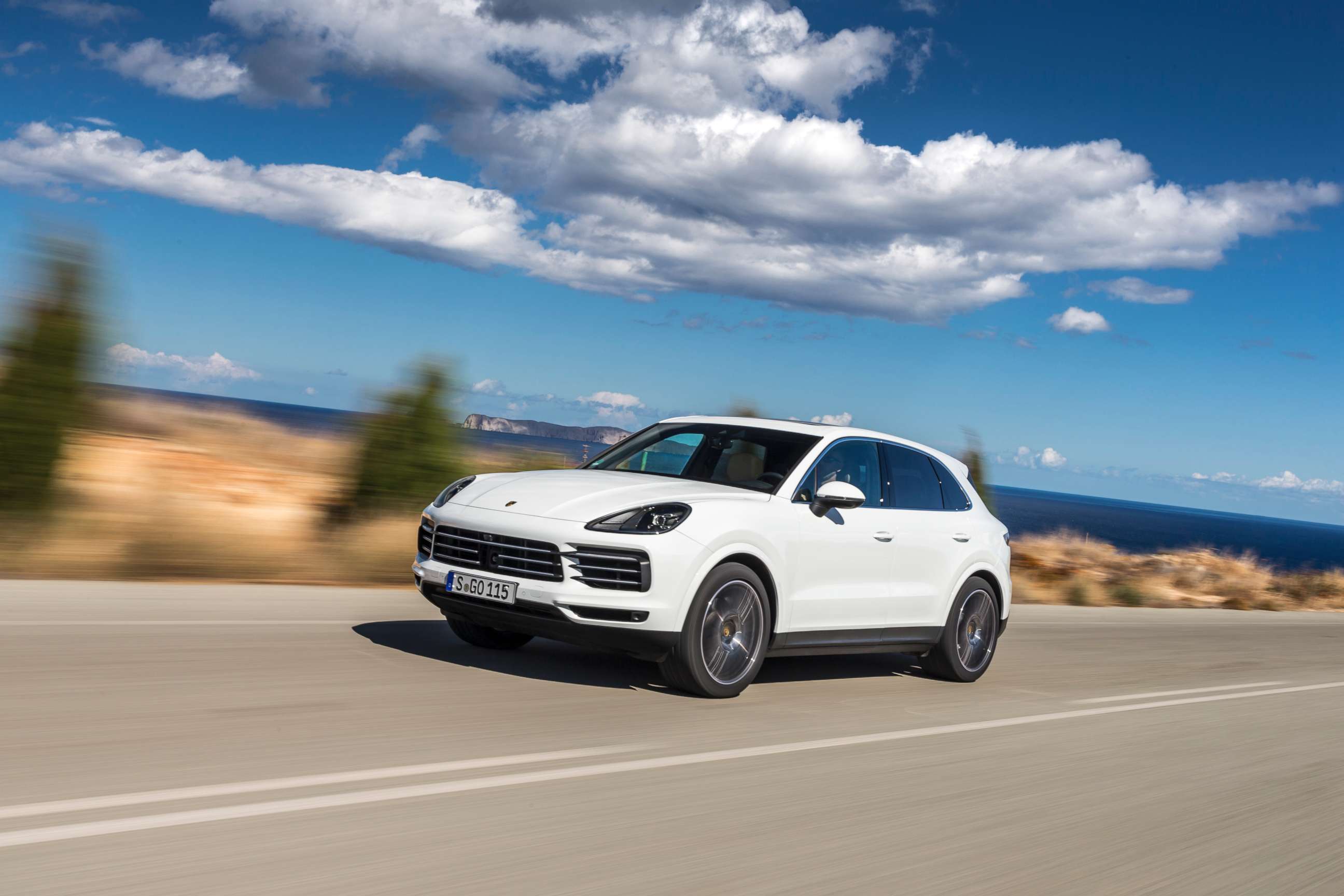
Earlier this year the famed Italian automaker Lamborghini planted its flag in the SUV market with the $200,000 Urus. Boasting 650 horsepower and a top speed of 190 mph, the Urus already has a two-year waiting list and could soon become the company’s top-selling conveyance.
“It’s much more practical than any other Lamborghini vehicle,” Tony Quiroga, senior editor at Car and Driver magazine, told ABC News.
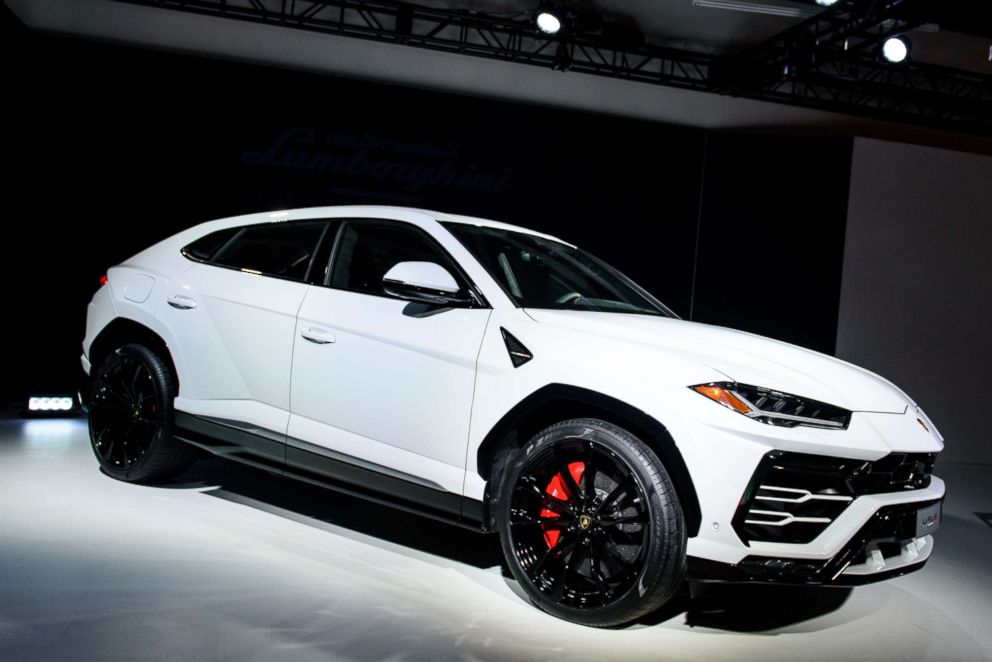
Utility and ride height were always the hallmarks of the traditional SUV. No more. Now it’s an arms race to produce blindingly fast models that are more suitable for the racetrack than the highway.
“Everything that has already happened in the car world is coming to the SUV world,” Karl Brauer, executive publisher of Autotrader and Kelley Blue Book, told ABC News.
Both Jaguar and Maserati are rolling out performance-oriented SUVs in the coming months in addition to their other SUV models. The Rolls-Royce Cullinan makes its global debut on Thursday. In 2019 Aston Martin will formally enter the SUV market. Ferrari may be next.
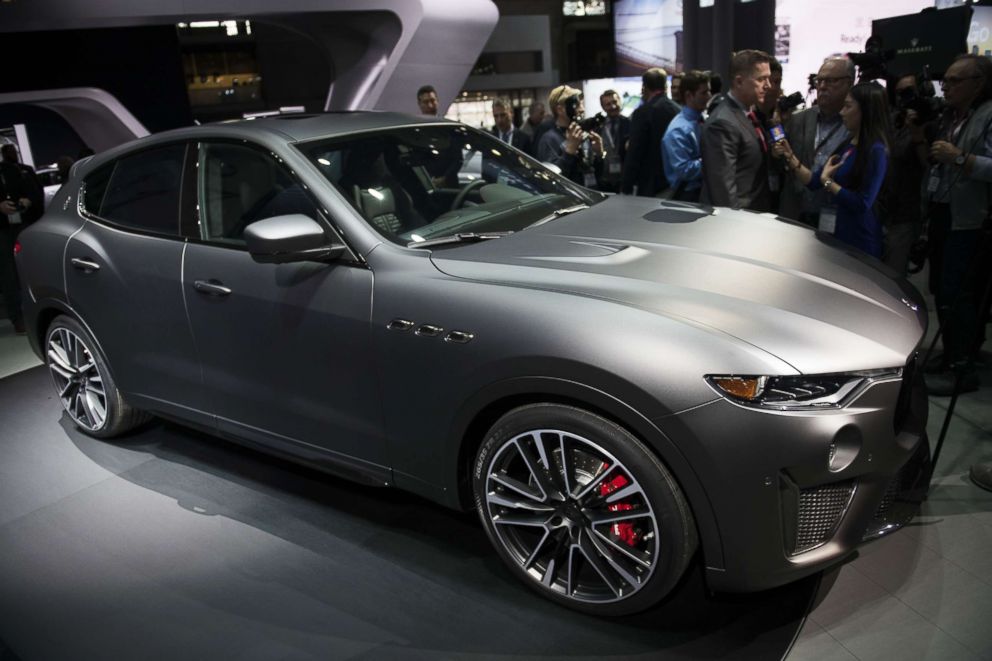
One of the newest contenders is the Alfa Romeo Stelvio Quadrifoglio. The 505 hp crossover from Italy is a modern interpretation of the company’s storied race cars. It roars to life when the light turns green, forgetting that it’s traversing local roads and not competing on a racetrack. Drivers will instantly fall in love with its alacrity and enthusiasm.
To prove that the Stelvio Quadrifoglio was as good (if not better) than its advertising, the company flew journalists to the Circuit of the Americas, a Formula 1 certified racing track in Austin, Texas. Ben Lyon, head of product for the Alfa brand in the U.S., said any doubts that an SUV could perform or handle as well as a sports car were extinguished that day.
“The Stelvio Quadrifoglio was an absolute dynamic beast on the track,” Lyon told ABC News in March.
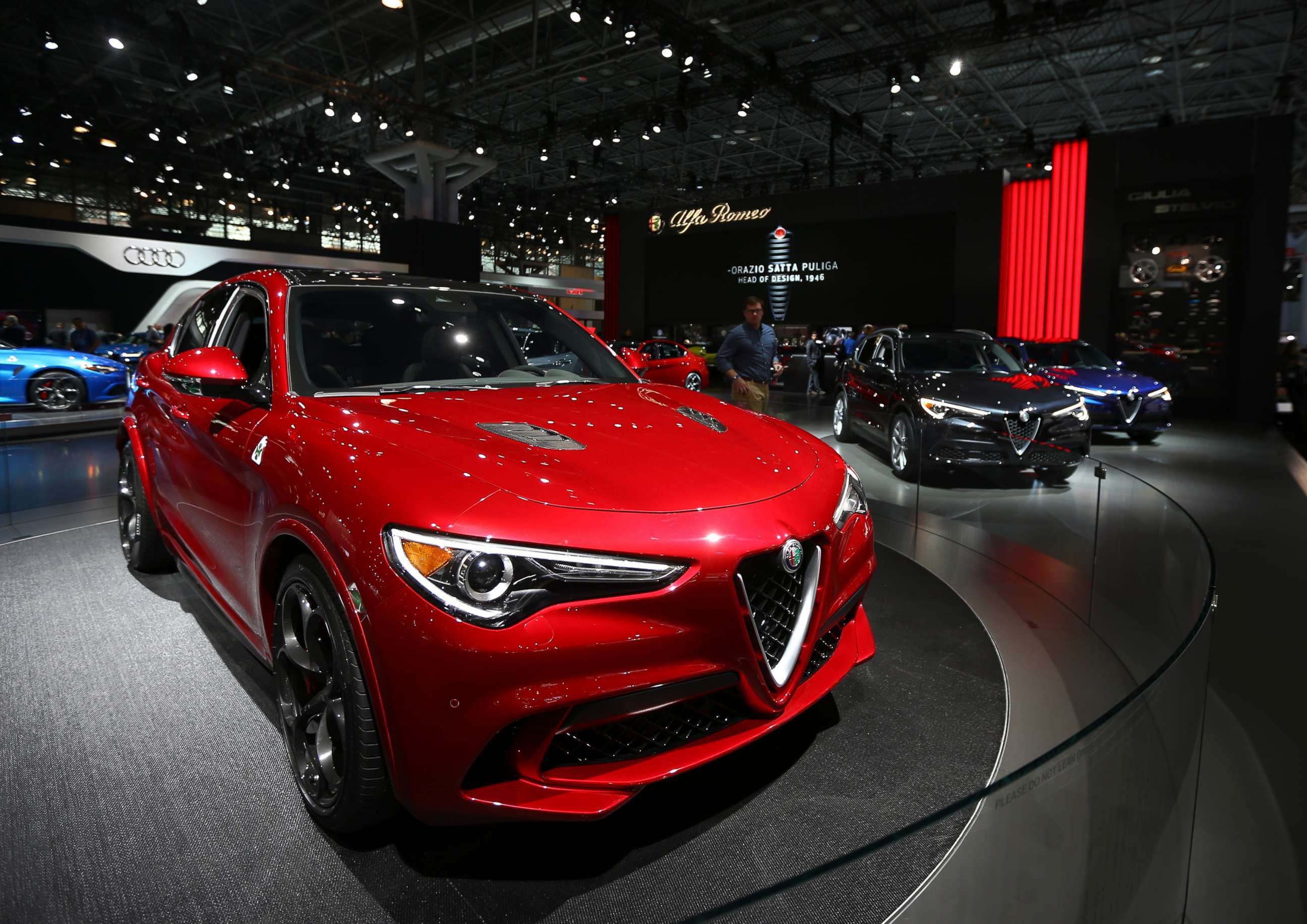
BMW tests all of its nine performance “M” vehicles on the famous Nurburgring racetrack in Germany. Its X5 M and X6 M models, both SUVs, are powered by twin-turbocharged eight-cylinder engines, and each can sprint from zero to 60 mph in 4.0 seconds, an acceleration that equals any pure sports car on the market, according to Oleg Satanovsky, a BMW spokesman.
Driving an X6 M, for example, can be a refined or sporty escapade, depending on the driver’s mood. It obeys speed commands when required, or snaps into track mode with a stab on the throttle, propelling the driver forward with 567 hp and 553 lb-ft of torque.
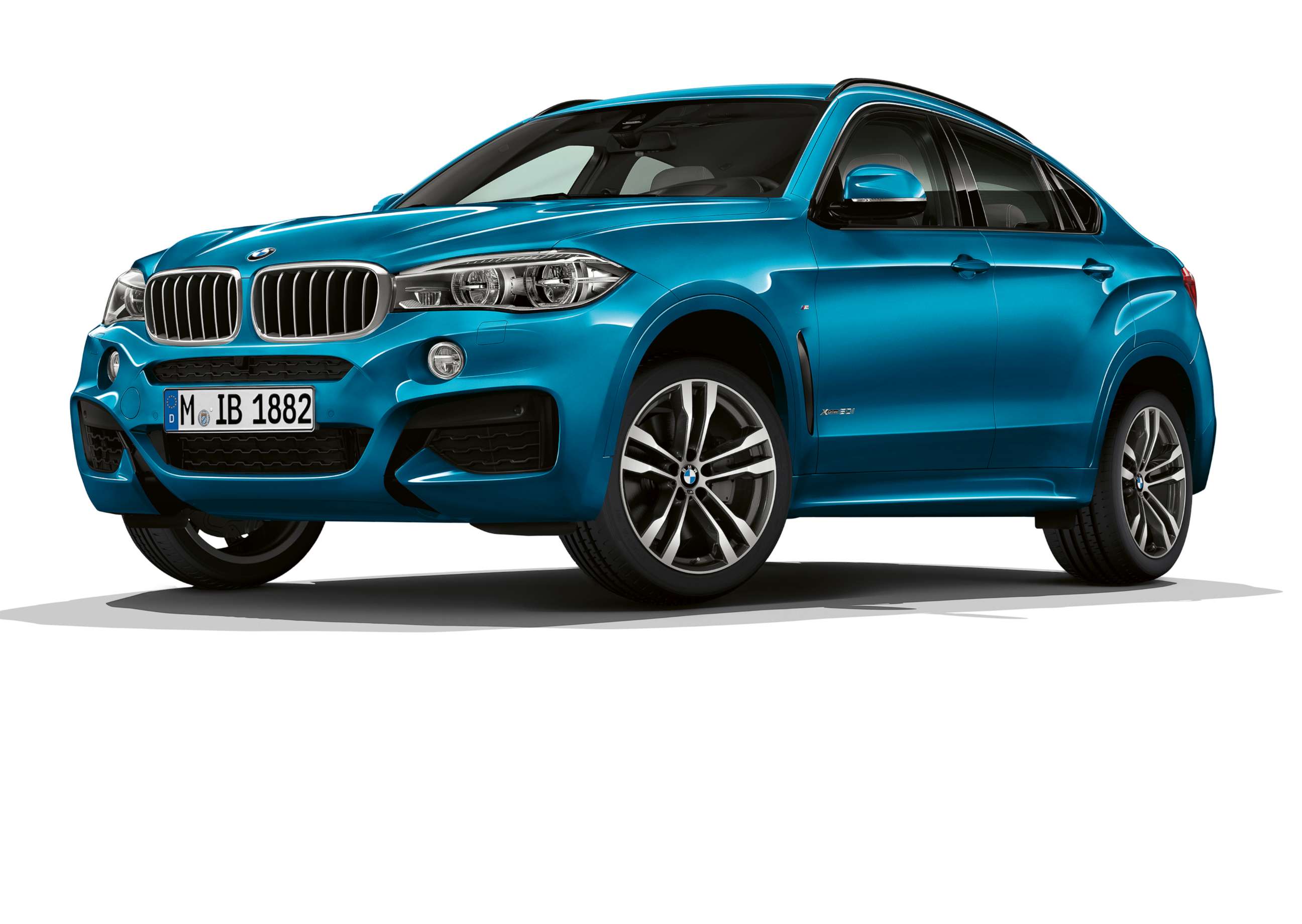
“The steering, brakes and suspension were all designed to not only provide track-ready capabilities, but also comfortable street driving at the same time,” Satanovsky said.
The most extreme high performance SUV right now belongs to Jeep. The Grand Cherokee Trackhawk gets its 707 hp from a supercharged Hemi V8 engine, the same engine found in a Dodge Challenger SRT Hellcat, one of the most powerful production cars known to exist.
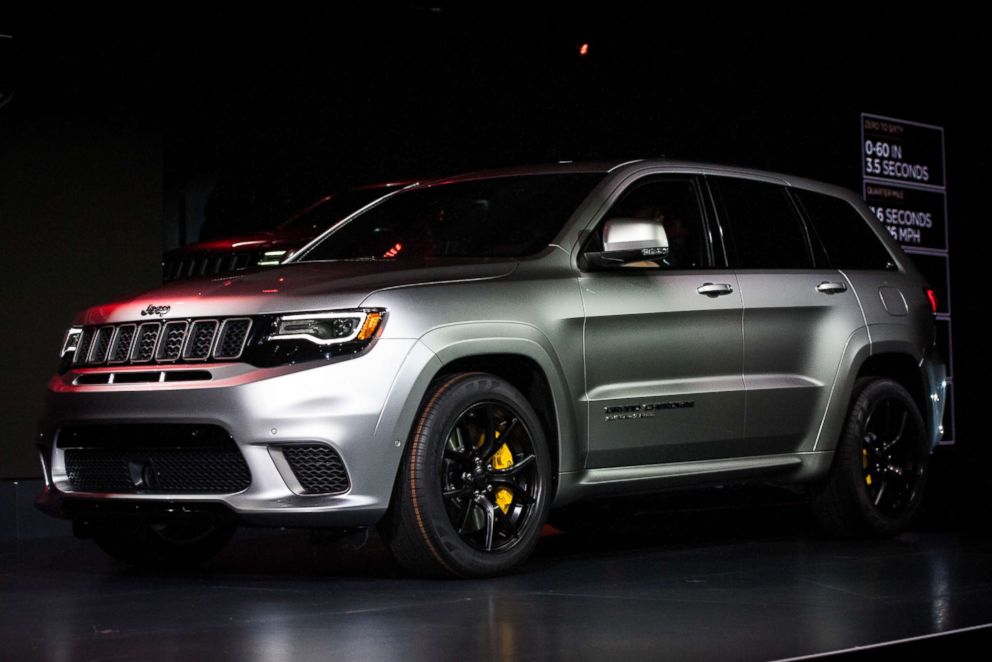
Mark Allen, head of Jeep design, told ABC News the decision to build a high-performance Jeep was not taken lightly.
“The brainiacs here said it would be cool to put a Hellcat engine in a Jeep. A lot of us were questioning the move. It’s not an obvious place [for Jeep] to go. This is out of the realm of what Jeep is known for,” he said.
For years the company’s bread-and-butter has been the Wrangler, the off-roader that has taken over suburbia and recently got a refresh.

The Trackhawk premiered at the 2017 New York auto show. At first Jeep decided to limit production to 600 vehicles. They “flew out of dealers,” Allen said.
“This is easily the most expensive Jeep,” he added. “But it has a dual purpose — a luxury SUV with 700 hp that fits in a garage neatly.”
Allen would not say how many Trackhawks will be produced this year. He does, however, acknowledge that horsepower does not matter to the majority of SUV drivers.
“It’s not a mass-market vehicle,” he said. “It’s a niche market. We would never survive just selling Trackhawks. But some people do want a thrill.”
Buyer beware: The excitement of a super powerful SUV comes with a huge premium.
Take the Alfa Romeo Stelvio Quadrifoglio. It starts at $80,000 while a base Stelvio with 280 hp has an MSRP of $42,000. A Jeep Grand Cherokee with 295 hp sells for $30,695. The Trackhawk? $86,000 and up.
“As consumers have shown a continued willingness to pay higher transaction prices, manufacturers have looked for ways to increase margins,” said Brandon Mason, a director at PwC's Automotive Practice.
High performance vehicles provide “an additional revenue steam to [automakers’] bottom lines,” he noted.
Sure, these "souped up" SUVs may simulate a sports car on paper, but do they deliver a true sports car experience?
Generally not, according to Brauer. Aluminum bodies, super advanced active suspension and stiffer tuning have made them safer and lighter than older SUVs, but carmakers cannot totally ignore physics, he said.
“An SUV can never perform as well as a sports car because it weighs more and has a higher center of gravity,” he explained. “There’s always a disadvantage to the SUV in pure performance.”
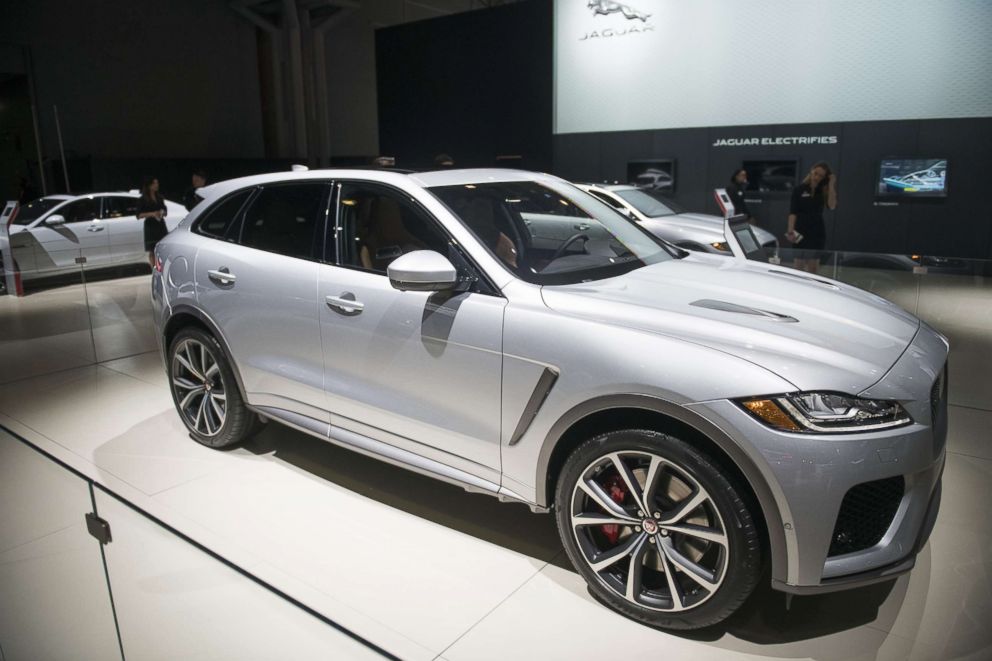
Quiroga said performance die-hards will still want a traditional sports car. Everyone else will be happy with these SUVs.
“High performance SUVs make the commute more fun,” he remarked. “They’re safe and more luxurious and nice things to drive. They make more sense than a sports car.”




